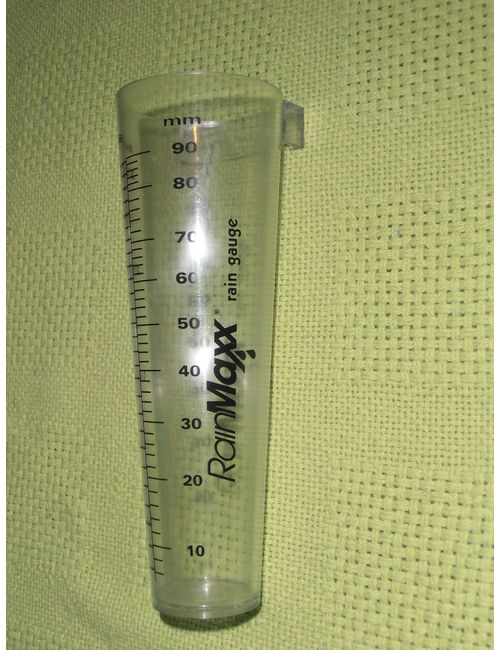Ingenious Styles in Rain Gauges: What Makes Them Stick out
Ingenious Styles in Rain Gauges: What Makes Them Stick out
Blog Article
Introducing the Science Behind Rain Gauges: Exactly How These Instruments Play an Important Function in Environment Research and Environmental Surveillance
Rain gauges, seemingly easy gadgets, hold a profound relevance in the world of environment research study and environmental tracking. As we peel back the layers of this scientific veil surrounding rainfall gauges, we uncover a globe where precision, data accuracy, and thorough observation merge to reveal a deeper understanding of our changing environment and its effect on the planet.
Value of Rain Scales
Rainfall assesses play a crucial duty in tracking and measuring rainfall degrees, offering vital data for environment research study and analysis. These tools are essential in quantifying the quantity of rainfall that takes place in a certain area over a particular period. By measuring and accumulating rainwater, rainfall evaluates offer useful insights right into the distribution and strength of precipitation, aiding meteorologists, hydrologists, and climatologists in recognizing weather condition patterns and trends.
Among the essential factors why rain determines are vital is their ability to give local and precise information. Unlike satellite or radar-based measurements, which supply wider monitorings, rain gauges deal accurate information certain to the location where they are put. This local data is essential for numerous applications, including flood forecasting, drought surveillance, and water source monitoring. In addition, long-lasting information collected from rain determines helps in evaluating environment modification effects and patterns, adding substantially to clinical research and decision-making processes. Essentially, rainfall gauges serve as crucial tools in the field of meteorology and environmental scientific research, playing a critical role ahead of time our understanding of weather condition and environment characteristics.
Sorts Of Rainfall Scales

Capability and Procedure
In the realm of environment study and meteorological research studies, the efficiency of rainfall evaluates lies in their intricate capability and precise operational mechanisms. Rainfall evaluates are made to precisely gauge the amount of precipitation that drops over a particular location during a collection period.
The capability of rainfall gauges is based upon have a peek here the concept of measuring and collecting rain in a standard manner. This accumulated information is crucial for understanding regional climate patterns, tracking lasting climate fads, and evaluating ecological impacts. To make sure exact measurements, rain determines requirement to be purposefully placed in open areas away from blockages such as structures or trees that might conflict with the collection procedure.
The operational aspect of rain determines includes routine upkeep to stop debris accumulation, calibration checks to keep measurement accuracy, and data tape-recording for evaluation (rain gauge). Generally, the performance and procedure of rainfall determines are crucial for gathering trusted precipitation information essential to environment research and environmental monitoring
Role in Climate Research
Offered the critical importance of accurate precipitation dimensions in recognizing climate patterns and ecological influences, the duty of rainfall assesses in environment study is indispensable. Rainfall determines give crucial information for environment research by quantifying the amount of rainfall that tips over a certain area during an offered duration. This data is essential for keeping an eye on long-term trends in rainfall patterns, examining the effect of climate adjustment on rains distribution, and improving environment designs.

Environment researchers make use of information collected from rainfall determines to assess variants in rainfall levels, identify regional environment patterns, and assess the efficiency of water source monitoring approaches. By contrasting historic rainfall information with present dimensions, scientists can spot shifts in rainfall patterns, such as adjustments in the regularity or strength of rainfall occasions. This details is crucial for understanding just how climate modification is affecting precipitation characteristics and can aid policymakers make informed choices concerning adjustment and mitigation techniques.
Applications in Ecological Surveillance

In flood forecasting, rain scale information assists to track rainfall intensity and circulation, enabling authorities to provide timely cautions and take needed steps to reduce flooding dangers (rain gauge). Drought monitoring relies upon rain gauge information to examine moisture degrees in the soil and track precipitation deficiencies, helping in the identification of drought-prone locations and the application of drought feedback approaches
In addition, rainfall scale data plays a crucial duty in water resource administration by giving information on water accessibility and use trends. Additionally, in farming, rainfall scale data helps farmers in maximizing watering schedules, crop choice, and total farm administration methods based click here now on neighborhood precipitation patterns.
Conclusion
To conclude, rain evaluates are necessary devices for gauging rainfall, supplying beneficial information for environment study and ecological surveillance. With numerous kinds and capabilities, rainfall assesses play a crucial duty in recognizing rainfall patterns and their effect on the atmosphere. By precisely determining rainfall, these devices add to the advancement of clinical expertise and assistance in making notified decisions pertaining to water source administration and disaster readiness.
Rainfall assesses play a crucial duty in tracking and determining precipitation levels, giving click resources crucial information for climate research and evaluation. The typical rainfall gauge, understood as the "tipping pail" gauge, is one of the most frequently used tools. Ultrasonic rainfall determines use audio waves to discover the existence of rain, offering real-time data on precipitation degrees.Climate researchers utilize information gathered from rainfall gauges to examine variations in rainfall levels, determine local climate fads, and examine the effectiveness of water source management approaches.In conclusion, rainfall evaluates are necessary tools for determining rainfall, offering beneficial data for environment study and environmental surveillance.
Report this page